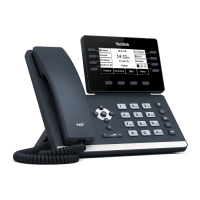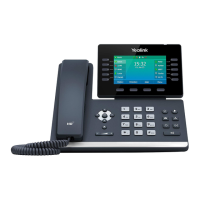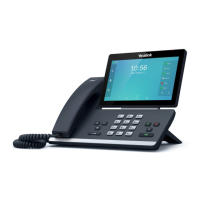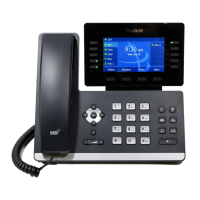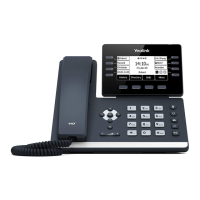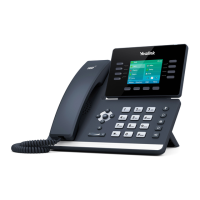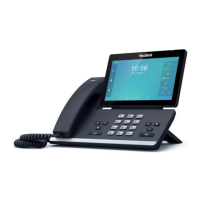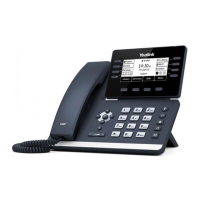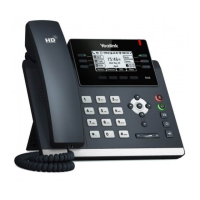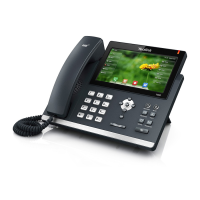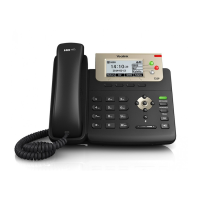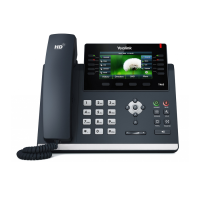Managing Boot Files
15
Managing Boot Files
Yealink IP phones can download CFG files referenced in the boot files. Before provisioning, you
may need to edit and customize your boot files.
Yealink supports the following two types of boot files:
MAC-Oriented boot file (e.g., 00156574b150.boot)
Common boot file (y000000000000.boot)
You can edit the template boot file directly or create a new boot file as required. Open each
boot file with a text editor such as Notepad++.
Editing Common Boot File
The common boot file is effective for all phones. It uses a fixed name “y000000000000.boot” as
the file name.
The following figure shows the contents of the common boot file:
The following table lists guidelines you need to know when editing the boot file:
It must be placed in the first line.
Do not edit and delete.
## The header above
must appear as-is in the
first line
The line beginning with “#” is considered to be a comment.
You can use “#” to make any comment in the boot file.
include:config <xxx.cfg>
include:config "xxx.cfg"
1) Each “include” statement can specify a URL where a configuration
file is stored. The configuration file format must be *.cfg.
2) The URL in <> or “” supports the following two forms:
Relative URL (relative to the boot file):
For example, sip.cfg, HTTP Directory/sip.cfg
Absolute URL:
For example, http://10.2.5.258/HTTP Directory/sip.cfg
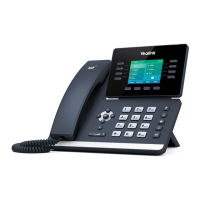
